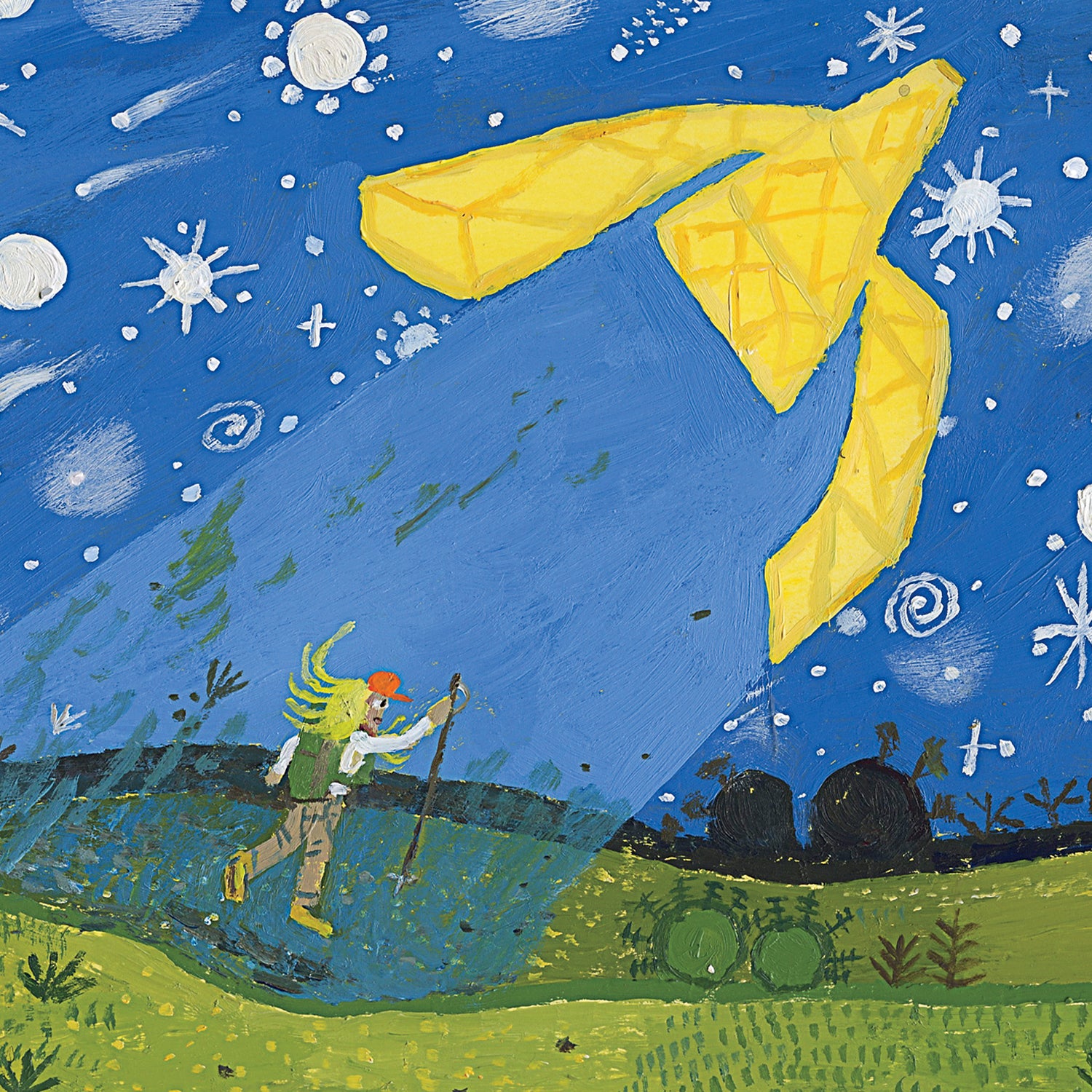Adventure athletes are among the most fearless people in the world—summiting exposed peaks during lightning storms, dropping off cliffs on bikes, and generally pushing the limits of what’s possible outdoors. Growing up, I aspired to nothing less. I skied on a downhill-racing and freeride team, and always felt strangely grounded when scaring myself in the mountains, whether I was dropping into a couloir on my favorite pair of Line skis, jamming down a steep rock garden on my bike, or sleeping in the woods on a camping trip.
But as an adult, that courage was altered by a force I wasn’t prepared for: anxiety. Eventually, my grounded feeling in the backcountry was replaced by a tightened throat, a pounding heart, and a spiraling mind. I’d ask myself things like: What if I break my leg and can’t call for help? What if I miss the trail marker and have to spend the night in the freezing cold? Some of these thoughts, I knew, were absurd. But that’s the nature of anxiety—you can’t control it—and the result was a recurring low-grade panic that changed the way I functioned outside. I started scaling back how far into the wilderness I’d venture on mountain-bike rides, ski tours, and solo hikes.
Despite my growing discomfort, I was determined to keep living an adventurous life. So when some friends invited me on a 50-mile backpacking trip at Glacier National Park, I said I was in. Before departing, however, a friend recommended picking up a satellite communication device. The one I got, the ACR Bivy Stick ($200), finds and establishes a connection using Iridium’s global network, so you can send and receive messages on your phone in remote places. The basic plan includes 20 message credits and costs $20 a month; after an initial four-month activation period, you can deactivate or re-up. I also signed up for Global Rescue insurance (which begins at $129 for seven days of individual coverage), allowing me to contact an emergency response organization directly in order to, say, request a helicopter rescue rather than rely on local resources.
Even before we got to Glacier, we knew that the weather conditions would be challenging. Thick smoke from a nearby wildfire had turned the air especially hot and dry. On the first day, we underestimated how parched the creeks would be, and a few of us ran out of water by mile 11. This development could easily have turned into a nightmare for me. But knowing that I had access to a rescue team and could communicate any emergency transformed gnawing dread into manageable nervousness.
We found water at mile 13 and set up camp, and the Bivy Stick mostly stayed in my pack, except to ping my family and let them know that we were on schedule. I have since gone on countless adventures with the device in tow, and I’ve never had to use it to summon the cavalry—with any luck, I never will. But just having it along has completely changed my mindset in the backcountry. The burden of my exaggerated fear has finally lifted.

